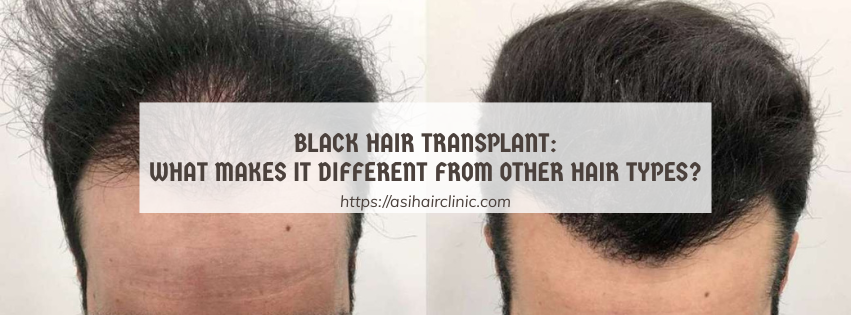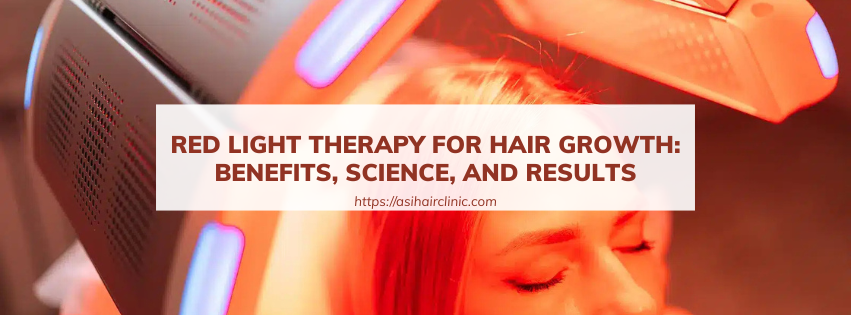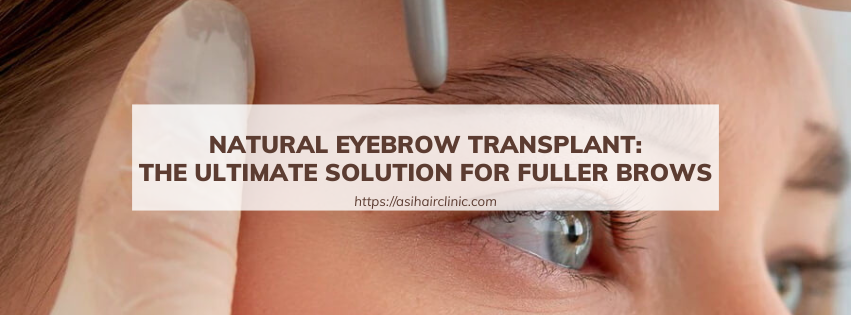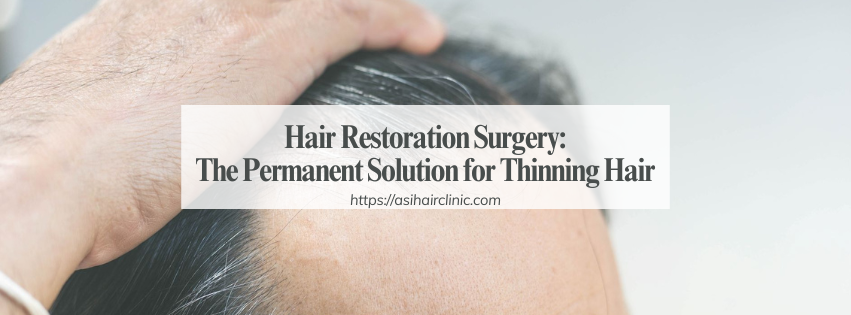Eyebrow Transplants vs. Microblading: Which Is Right for You?
Eyebrow Transplants have gained immense popularity in recent years as a solution to thinning or sparse eyebrows. This cosmetic procedure involves transplanting hair follicles from other parts of the body to the eyebrow area, resulting in fuller, more natural-looking brows. In an era where personal appearance can significantly affect self-esteem, understanding the options available for eyebrow restoration is crucial.
1. Understanding Eyebrow Restoration Options
When it comes to enhancing our appearance, eyebrows play a pivotal role in framing our face and expressing our emotions. Over-plucking, genetics, and medical conditions can leave many individuals with less-than-desirable eyebrows, prompting the need for restoration. Fortunately, various options are available today that cater to different needs, preferences, and budgets.
1.1. The Significance of Eyebrows
Eyebrows serve multiple functions, from providing protection to the eyes by preventing sweat and debris from entering to playing a key role in non-verbal communication. A well-groomed pair of brows can enhance one's features and contribute to overall attractiveness. As such, many people seek methods to improve their eyebrow appearance, leading to an increased interest in both eyebrow transplants and microblading.
1.2. Overview of Eyebrow Transplants
Eyebrow transplants are a surgical procedure aimed at restoring volume to the eyebrow region. The process typically involves harvesting hair follicles from areas like the scalp or body and transplanting them into the brow area. The results tend to be permanent, allowing individuals to achieve a more natural look as the transplanted hair grows and blends seamlessly with existing eyebrow hair.
1.3. Exploring Microblading
Microblading, on the other hand, is a semi-permanent makeup technique used to create the illusion of fuller eyebrows. A trained professional uses a specialized tool to deposit pigment into the skin, mimicking the fine hairs of natural eyebrows. Unlike eyebrow transplants, microblading's results generally last between one to three years, depending on skin type and aftercare.
1.4. Choosing the Right Option
With numerous factors to consider, including budget, desired look, and longevity of results, the decision between eyebrow transplants and microblading can be challenging. Each method has its unique advantages and limitations, making it essential to evaluate personal circumstances before committing to either treatment.

2. Comparing Eyebrow Transplants and Microblading
Understanding the differences between eyebrow transplants and microblading requires an exploration of their techniques, outcomes, and suitability for various individuals. By analyzing each option's characteristics, you can decide which might be the better fit for your specific needs.
2.1. Technique: How Are They Performed?
The technique behind eyebrow transplants is intricate and involves several steps. Initially, the surgeon will conduct a consultation to assess the patient's eyebrow goals and determine the best approach. Following this assessment, hair follicles are extracted using Follicular Unit Extraction (FUE) or Follicular Unit Transplantation (FUT) methods.
In contrast, microblading is a non-surgical process. A trained artist uses a handheld tool with fine blades to make tiny incisions in the skin, depositing pigment as they create hair-like strokes. Both procedures require artistic skill, but the complexity and invasiveness of eyebrow transplants set them apart from microblading.
2.2. Results: What to Expect
The anticipated results of eyebrow transplants often reflect a more natural and fuller appearance. Since the procedure involves real hair follicles, the new hair will continue to grow and can be styled just like the natural hair. Patients will notice changes over time as the transplanted hair begins to blend with existing hair, offering a seamless result.
Conversely, microblading offers immediate gratification, as clients can leave the appointment with beautifully shaped and defined brows. However, the pigments will fade over time, necessitating touch-ups to maintain the desired look. This semi-permanence may appeal to those who prefer the flexibility of changing their eyebrow shape or color.
2.3. Recovery and Maintenance
Recovery from eyebrow transplants varies among individuals, but patients generally experience some swelling, redness, and scabbing in the initial days following the procedure. It may take several months for the full results to manifest as the transplanted hair grows in cycles. Proper aftercare instructions given by the surgeon are crucial for achieving optimal results.
Microblading recovery tends to be shorter, with most clients experiencing little downtime. However, proper aftercare is essential to prevent fading and ensure that the pigment settles correctly. Regular touch-up sessions are necessary to maintain the vibrancy of the brows and refresh the color.
2.4. Suitability: Who Should Consider Each Option?
Individuals experiencing significant eyebrow loss due to genetics, over-plucking, or medical conditions may find eyebrow transplants to be the ideal solution. Those desiring long-lasting, natural results and willing to undergo a surgical procedure should consider this option seriously.
On the other hand, individuals looking for a lower commitment solution with less invasive means may gravitate toward microblading. This technique is especially beneficial for those who want to enhance their natural brows without extensive alterations or surgical recovery time.
3. Benefits and Drawbacks of Each Method
Both eyebrow transplants and microblading come with their own set of benefits and drawbacks. Understanding these pros and cons will help you weigh your options more effectively and make an informed decision tailored to your individual needs.
3.1. Advantages of Eyebrow Transplants
One of the main benefits of eyebrow transplants is the long-term nature of the results. Once the hair follicles take root and begin to grow, patients can enjoy full, natural-looking eyebrows indefinitely. This permanence means no need for regular touch-ups, saving time and money in the long run.
Additionally, because eyebrow transplants utilize the patient’s hair, the results tend to blend seamlessly with existing brow hair. Natural growth patterns and textures can be mimicked, creating a look that feels authentic. For people seeking a substantial change, eyebrow transplants can provide transformative results that boost confidence and self-esteem.
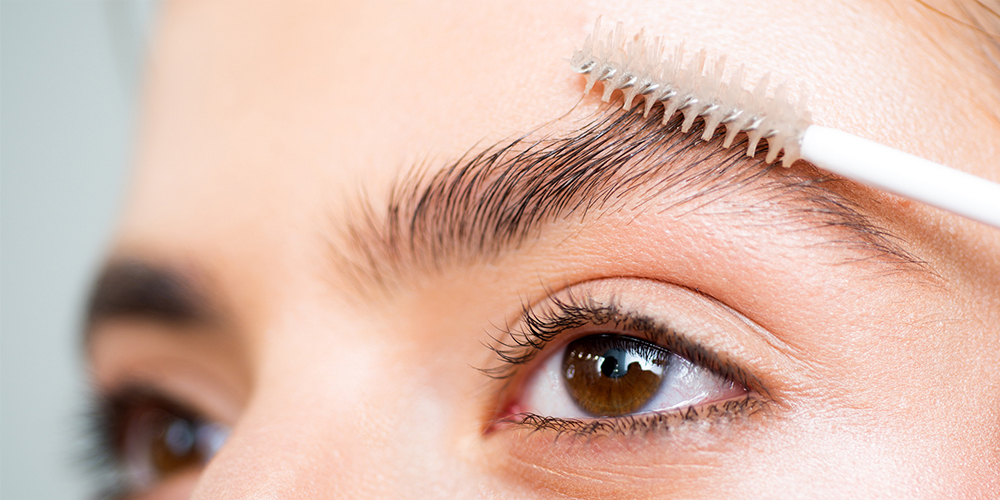
3.2. Disadvantages of Eyebrow Transplants
Despite their advantages, eyebrow transplants do have some downsides. The cost of the procedure can be high, particularly when factoring in consultations, surgery, and potential aftercare expenses. Additionally, the invasive nature of the surgery may deter some individuals from pursuing this option.
There is also a healing period involved with eyebrow transplants, during which patients must follow strict aftercare guidelines. Some swelling and discomfort may occur post-surgery, and not everyone may be a suitable candidate for the procedure.
3.3. Benefits of Microblading
Microblading offers a host of benefits, particularly for those looking for a quick and less invasive way to enhance their eyebrows. The procedure is typically faster than eyebrow transplants, allowing clients to walk out of appointments with immediate results.
Moreover, microblading allows for creativity in shaping the eyebrows. Clients can experiment with different styles and colors, providing flexibility and personalization that may appeal to those who like to adapt their look regularly.
3.4. Drawbacks of Microblading
While microblading provides instant results, the semi-permanent nature of the pigment means that it will eventually fade, requiring touch-ups every six to eighteen months. This ongoing maintenance can add up financially and may not be ideal for individuals seeking a long-term solution.
Additionally, microblading results can vary based on factors such as skin type and aftercare. People with oily skin may find that the pigment fades more quickly, while those with dry skin might retain the color longer. This variability can lead to inconsistent experiences, making it important for clients to manage their expectations.
4. Cost and Recovery Time
Exploring the financial and recovery aspects of eyebrow transplants versus microblading helps paint a complete picture of what to expect from each procedure. The investment of time, resources, and commitment plays a critical role in the decision-making process.
4.1. Financial Considerations
The costs associated with eyebrow transplants can be significantly higher than those linked to microblading. Factors influencing the total price include geographic location, the expertise of the surgeon, the number of grafts needed, and any ancillary services provided. While it may seem daunting initially, many find that the long-lasting results justify the expense.
In comparison, microblading tends to be a more affordable option upfront, making it accessible to a broader range of individuals. The price can vary based on the artist’s skill level and reputation but is typically lower than the cost of surgery. However, keep in mind that the need for periodic touch-ups could lead to additional expenditures over time.
4.2. Recovery Time: What to Expect
Recovery time for eyebrow transplants can be several weeks, with most people returning to normal activities within a few days. However, the complete healing process can take several months as the hair follicles establish themselves in their new environment. During this time, patience is vital, as the final results gradually reveal themselves.
Microblading recovery is relatively short, with most clients experiencing minimal downtime. The initial healing phase lasts about ten days, during which clients should avoid excessive moisture, sun exposure, and certain skincare products. The ability to return to daily routines almost immediately makes microblading a convenient choice for those with busy schedules.
4.3. Long-Term Commitment
Choosing between eyebrow transplants and microblading ultimately comes down to personal preference and commitment. Individuals ready to invest in a more permanent solution might find eyebrow transplants appealing, while those who appreciate the idea of flexibility may lean towards microblading.
It’s essential to consider lifestyle factors, such as time constraints, budget, and aesthetic goals when weighing these two methods. Having realistic expectations about the longevity and maintenance of each option will ensure greater satisfaction with the chosen path.
Conclusion
Both eyebrow transplants and microblading present viable options for individuals seeking to enhance their eyebrows and boost their self-confidence. By thoroughly understanding the intricacies of each method, including their benefits, drawbacks, costs, and recovery times, you’ll be better equipped to make an informed decision that aligns with your personal needs and aesthetic goals.
Ultimately, whether you opt for the permanent solution of eyebrow transplants or the creative flexibility of microblading, achieving your desired eyebrow look is well within reach. Embracing the journey to fuller, more beautiful brows can significantly enhance your overall appearance and self-image, leaving you feeling confident and empowered every step of the way.
LATEST POSTS

